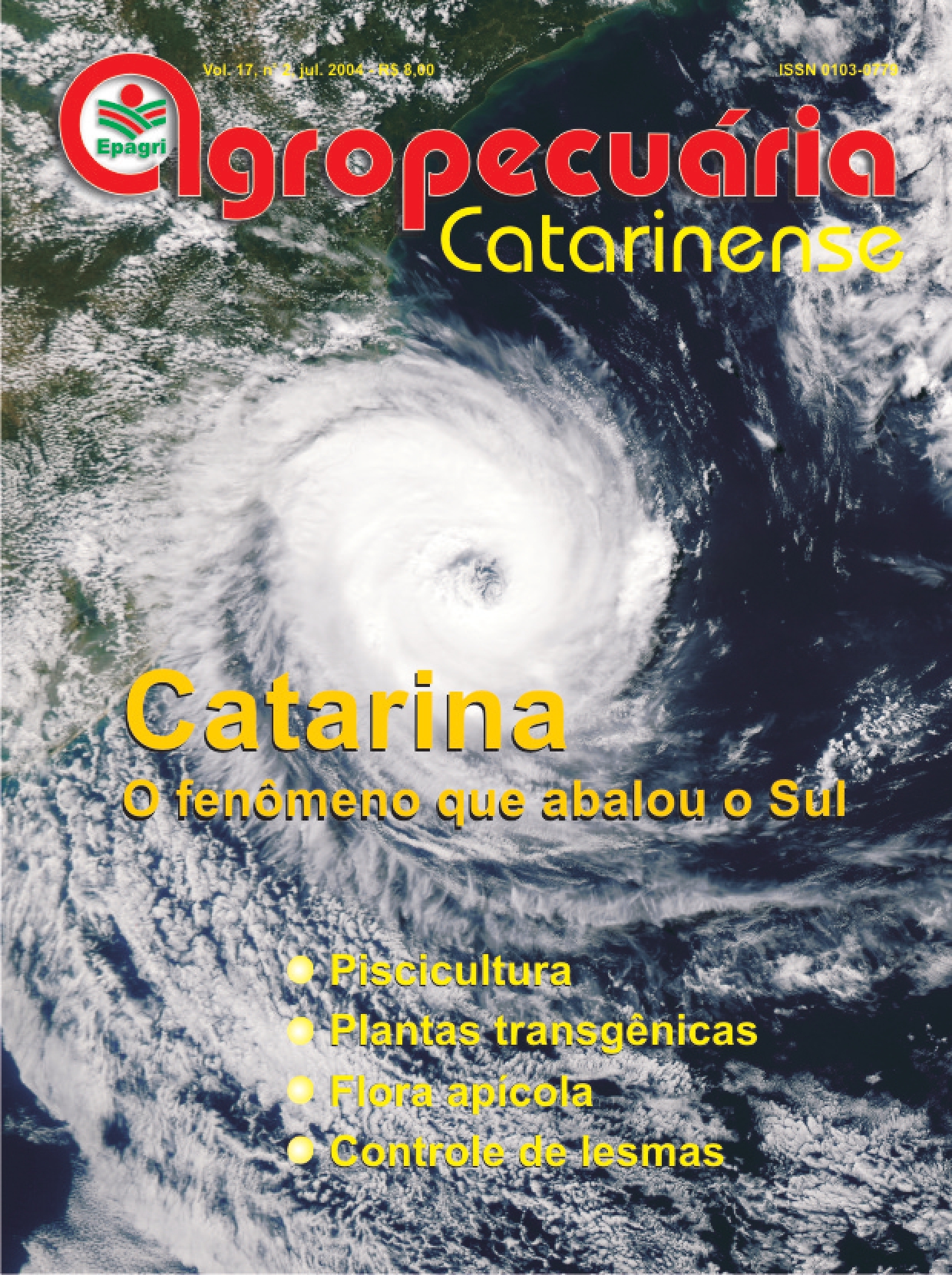Diversity of the bee botany of Santa Catarina State, Brazil
Keywords:
apiculture, bee botany, similarity indexes, biodiversityAbstract
Plants which supply nectar and pollen to honeybees are a key issue in apiculture. The characterization
of the diversity of the nectar producing plants determine the distribution of the honeybee colonies in each region. The present work was carried out from 1998 through 2001 in six mesoregions of Santa Catarina State and in 27 municipalities, involving 578 beekeepers through a participative investigation. The preliminary identification of the flowering plants was performed by the beekeepers. Later, specimens of plants were prepared and their identification confirmed at the Universidade Federal de Santa Catarina – UFSC. The 70 nectar and/or pollen
producing plant species collected in this study were grouped per family. The family Asteraceae was the most abundant, represented by 16 species, followed by Myrtaceae, with nine species. The most frequent honeybee plant supplying resources were found in the early successional stages of the forest. Therefore, the secondary forests could be managed for beekeeping purposes. Among 27 municipalities surveyed, the highest indices of
similarity (IS – Sorensen index) in melittophilous plants were found in municipalities located closely and in the same mesoregion, like Rio do Oeste and Vitor Meireles, with an IS = 0,75, Imbuia and Vidal Ramos, with an IS = 0,84, Monte Castelo and Itaiópolis, with an IS = 0,77 and Urubici and São Joaquim with an IS = 0,80.
Metrics
Downloads
Published
How to Cite
Issue
Section
License
Copyright (c) 2004 Agropecuaria catarinense

This work is licensed under a Creative Commons Attribution 4.0 International License.




